Like any tool designed for cutting, the blades on your auger should always be kept sharp. No matter the type of auger you use, whether the muscle powered hand auger, gasoline, or the high-tech lithium ion electrics, sharp blades will cut faster with less effort and strain. Sharp blades also lessen the chance of bending the shaft or damaging the motor and are less prone to getting stuck in the ice.
If you think about it, ice augers are basically a large drill bit or screw with sharp blades set at an angle. When rotated they cut into the ice, lifting the shaved pieces up and out of the hole as it bores deeper.
You can of course send your blades back to the manufacturer periodically for sharpening, but that gets expensive, and you won’t have the use of your auger while it’s gone. Sharpening your auger blades at home isn’t difficult, and it allows you to sharpen them as soon as they need it, whereas you might be tempted to hold off shipping them out and allow them to get too dull to be efficient. Here’s a primer on how to do it right.
Step by Step Auger Blade Sharpening
Auger blade sharpening is a progressive process, with each step bringing the blades into ice shredding sharpness. You’ll be sharpening them on stones the same way you would sharpen a knife. You’ll need three different stones, a coarse grit, medium grit, and fine grit hone.
You should try to maintain the same bevel angles that the blades were manufactured with, and only remove as much metal as necessary to accomplish the goal.
Quick Overview of the Process
- Remove the blades, taking note of the hardware.
- Inspect condition of all blade surfaces.
- Clean up secondary edge (coarse stone).
- Grind secondary edge (medium stone).
- Hone secondary edge (honing stone).
- Hone primary edge (honing stone and oil).
- Reassemble auger blades to auger head.
Remove and Inspect the Blades
Pay attention to how the blades are attached when removing them so you can put them back on the right way. Keep an eye out for the small shims that are used to maintain blade angle, they’re easy enough to lose. Closely inspect the blades looking for notches, chips, dings, dents, cracks, excessive rust, and any other damage.
Clean Up the Secondary Edge/Bevel
Ice auger blades have two surfaces, a large secondary bevel which separates and lifts the ice, and a small sharp bevel on the very edge which is the primary cutting edge. Using a coarse sharpening stone, remove all the visible imperfections, burrs, scratches, etc., cleaning it up as much as possible for a smooth surface.
Roll the blade up as you draw it on the stone, until you feel the flat beveled surface. Then you will sweep the other side down the stone, as if you were shaving a sticker off the stone.
Grind and Hone the Secondary Edge
Step three of the progressive sharpening process has you continuing to clean up and polish the secondary edge. It will really start looking good at this point.
Grind and Hone the Secondary Edge
This is where you’ll bring the surface to perfection, or at least as close a you can get. Start by using your fine honing stone dry, and finish up by honing it with sharpening stone oil. When you’re done, you should almost be able to use the secondary edge as a shaving mirror.
Hone the Primary Cutting Edge
This is where the cutting begins, the spearhead of your attack. It’s thin, just like on a knife. You’ll continue using your fine honing stone and oil to bring it to a nice sharp edge. Sharpening it at an angle of about 40 degrees or a little less is a good rule for the best longevity.
And that’s it. Now you’re ready to reassemble your auger and head out onto the ice. Like most things in life, sharpening auger blades takes a little practice to attain mastery. But once you get the hang of it you’ll be able to do it quickly and efficiently. It’s rewarding in more ways than one; cutting holes will be a breeze, you’ll save some money, and maybe attain a little bit of Zen serenity while you’re doing it.
Tips for Keeping Your Auger Blades Razor Sharp
As the old saying goes, an ounce of prevention is worth a pound of cure. The best way to keep your ice auger blades sharp is to take steps to keep them from getting dull in the first place.
- Avoid Dirt and Debris – If there’s been a lot of other fishermen out on a lake, perhaps on snowmobiles or hauling ice shanties or other equipment, there could be a buildup of dirt, sand, and other debris that can dull your blades. Find a clean spot for your hole.
- Don’t Bang the Auger – You’ll often be tempted to bang your auger down into the ice in an attempt to drill your hole faster, and while this might work to a degree, it’s also a good way to damage your blades. Be patient and let the machine do the work.
- Protect Your Blades – When transporting or storing your auger, keep the blades away from other tools and metal surfaces that they might bang or rub against, dulling and perhaps chipping them. Most new augers come with a cover that protects the entire head of the auger. There are also special covers you can buy for ice auger blades.
That wasn’t so bad, was it? Keep practicing with old blades, and soon you will never have to struggle with dull blades again. Invest the time to learn how to sharpen ice auger blades and keep them that way and your ice fishing experience will go smoothly and be more enjoyable.

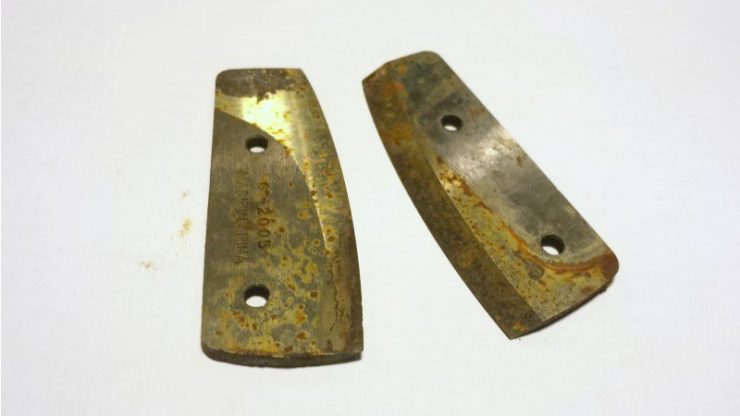
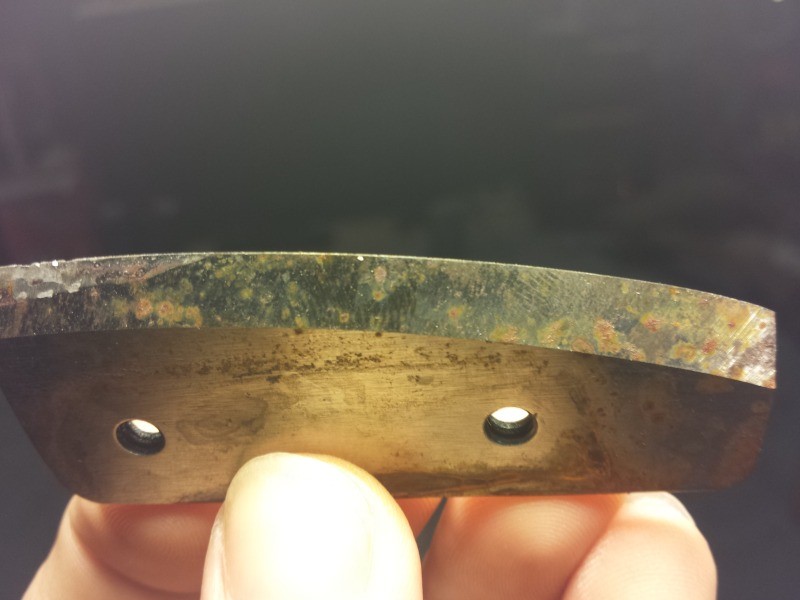
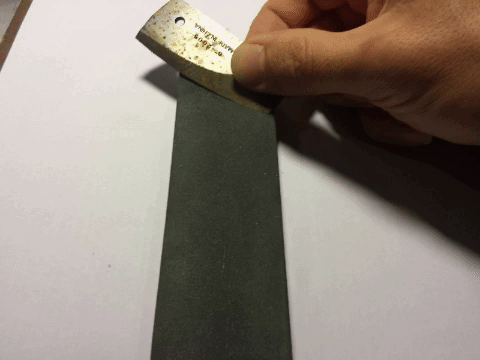
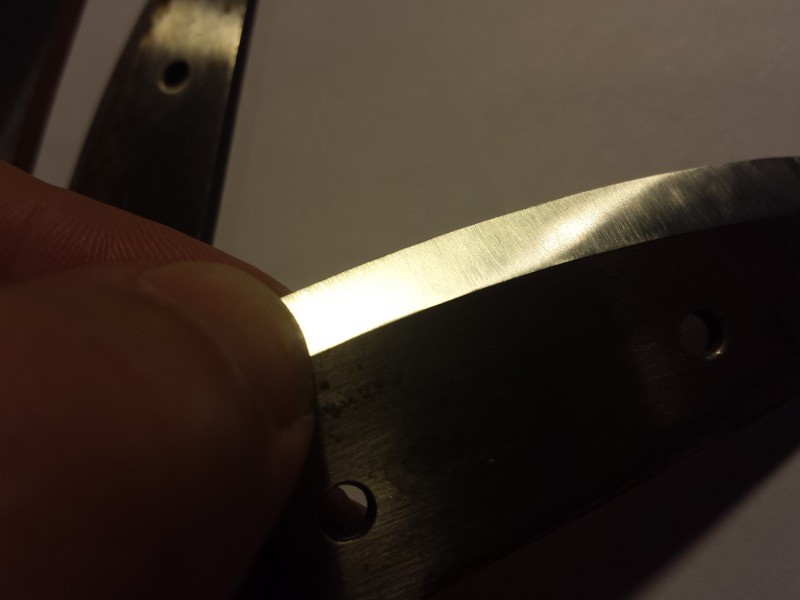
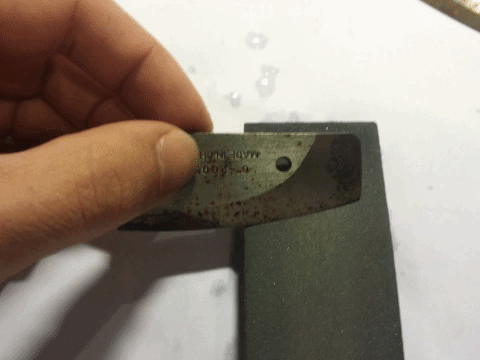
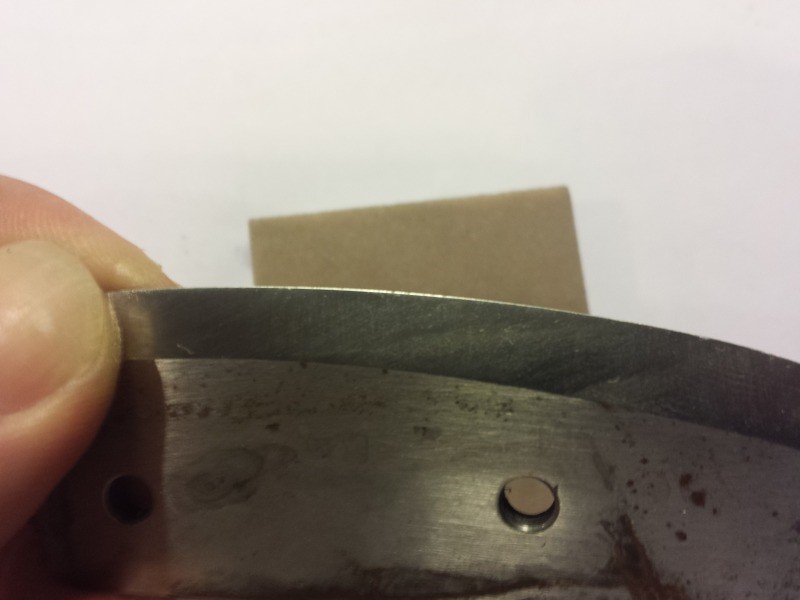
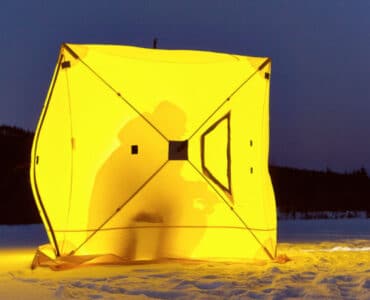

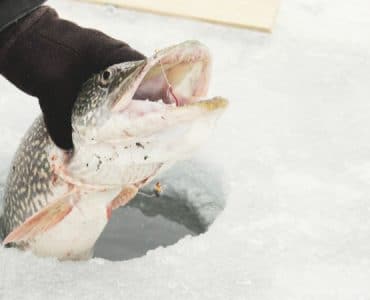









Add comment